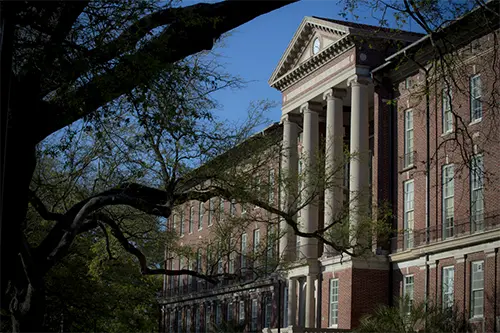THURSDAY WORKSHOPS
TBD
TBD
Coming Soon
Coming Soon
Coming Soon, Coming Soon
Coming Soon
Coming Soon
Coming Soon
Coming Soon
Coming Soon
Coming Soon, Coming Soon
Coming Soon
Coming Soon
Coming Soon
Coming Soon
FRIDAY WORKSHOPS
Coming Soon
Coming Soon, Coming Soon
Coming Soon, Coming Soon
Marc Zender, Tulane University
Coming Soon
Coming Soon
Coming Soon, Tulane University
Coming Soon
Coming Soon
Coming Soon
Coming Soon, Middle American Research Institute, Tulane University
Coming Soon
Coming Soon
Coming Soon
Coming Soon
Coming Soon, Middle American Research Institute, Tulane University
Coming Soon
FRIDAY KEYNOTE
Coming Soon
Charlotte Arnault, Centre National de la Recherche Scientifique, Archéologie des Amériques
Coming Soon
SATURDAY SYMPOSIUM
Coming Soon
Coming Soon
Coming Soon
Coming Soon
Coming Soon
Coming Soon
Coming Soon
Coming Soon
Coming Soon
Coming Soon
Coming Soon
Coming Soon
Coming Soon
Coming Soon
Coming Soon
Coming Soon
Coming Soon
Coming Soon
Coming Soon
Coming Soon
Coming Soon
Coming Soon
Coming Soon
Coming Soon
Coming Soon

